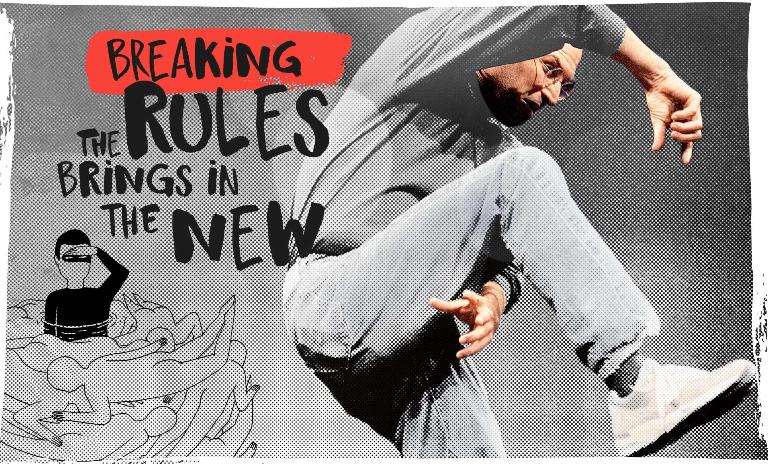Breaking the rules
![{[downloads[language].preview]}](https://www.rolandberger.com/publications/publication_image/Think_Act_Magazine_Breaking_the_rules_Cover_download_preview.jpg)
Is breaking the rules a crucial skill? We examine how the people who have made their own rules also significantly shaped the world of business.


In a universe of endless options, rules help reduce complexity. They help pave the way to get things done smoothly. But rules are useful only to a point. After that, they restrict our view-finder, thereby limiting opportunities and hindering progress. At times like these, bending and even breaking the rules makes a lot of sense. History shows that some of the greatest leaders and the greatest innovators in the world were rule-breakers at heart, and they helped humanity progress forward. But there is a time for keeping the rules and there's a time for breaking them. The art of leadership, therefore, is about knowing that, and finding the right equilibrium between breaking, keeping and building rules.
Read more in our cover-story .
"Most systems are outright toxic when it comes to asking catalytic questions."
By asking better questions, we can come up with a better problem to solve, says Hal Gregersen. The art of finding good questions to answer, therefore, lies at the heart of the innovation process.
The full interview is only available in the online version of Think:Act Magazine.

![{[downloads[language].preview]}](https://www.rolandberger.com/publications/publication_image/Think_Act_Magazine_Breaking_the_rules_Cover_download_preview.jpg)
Is breaking the rules a crucial skill? We examine how the people who have made their own rules also significantly shaped the world of business.

